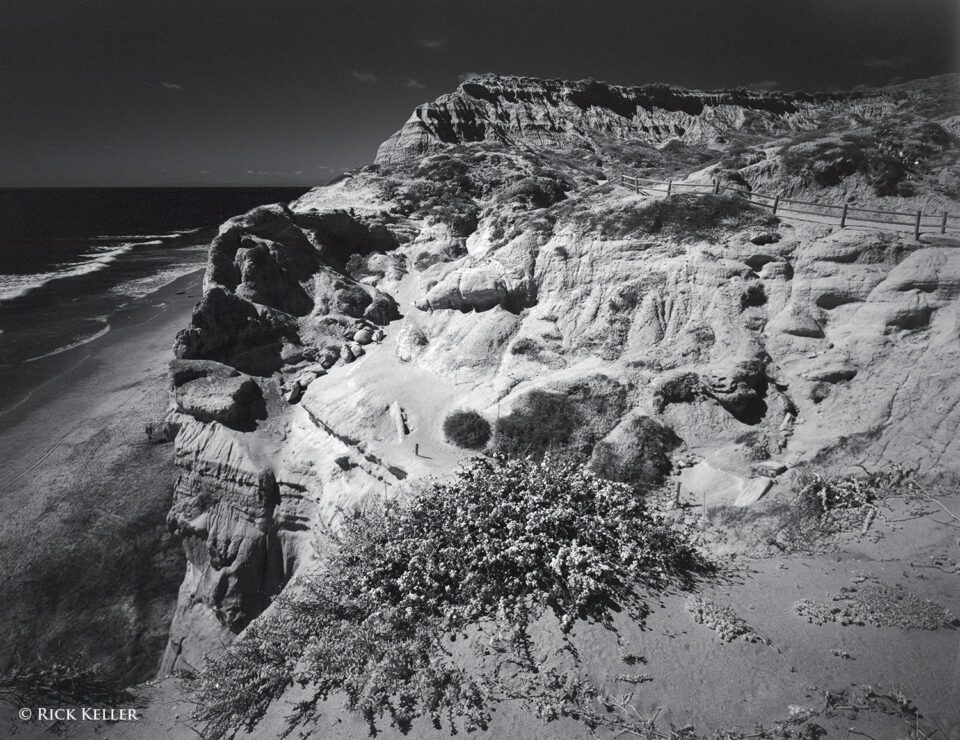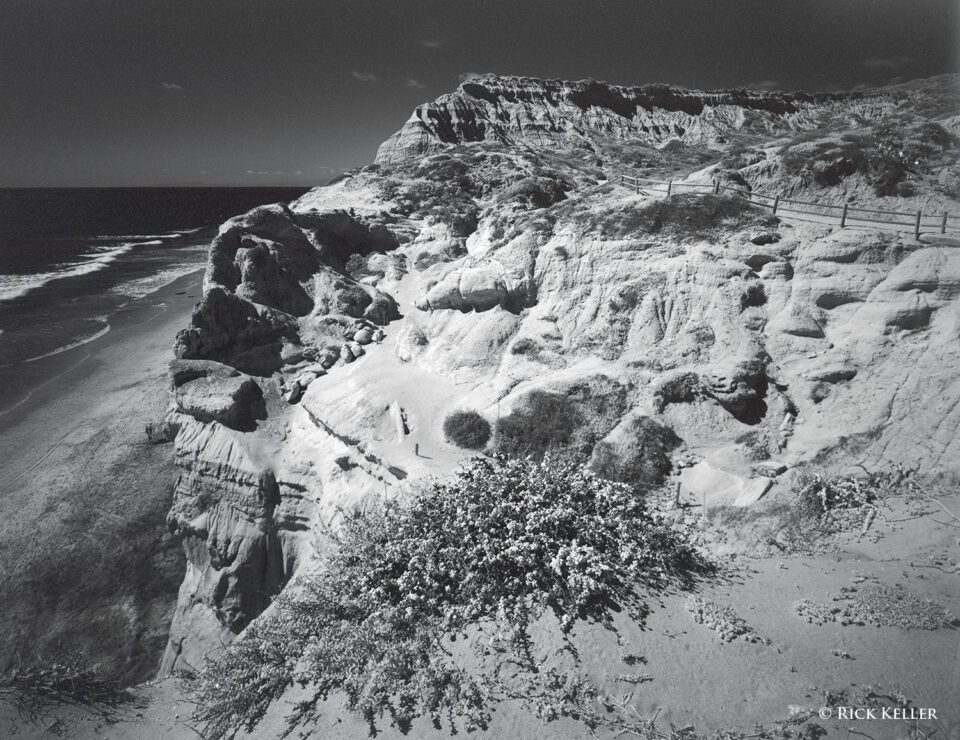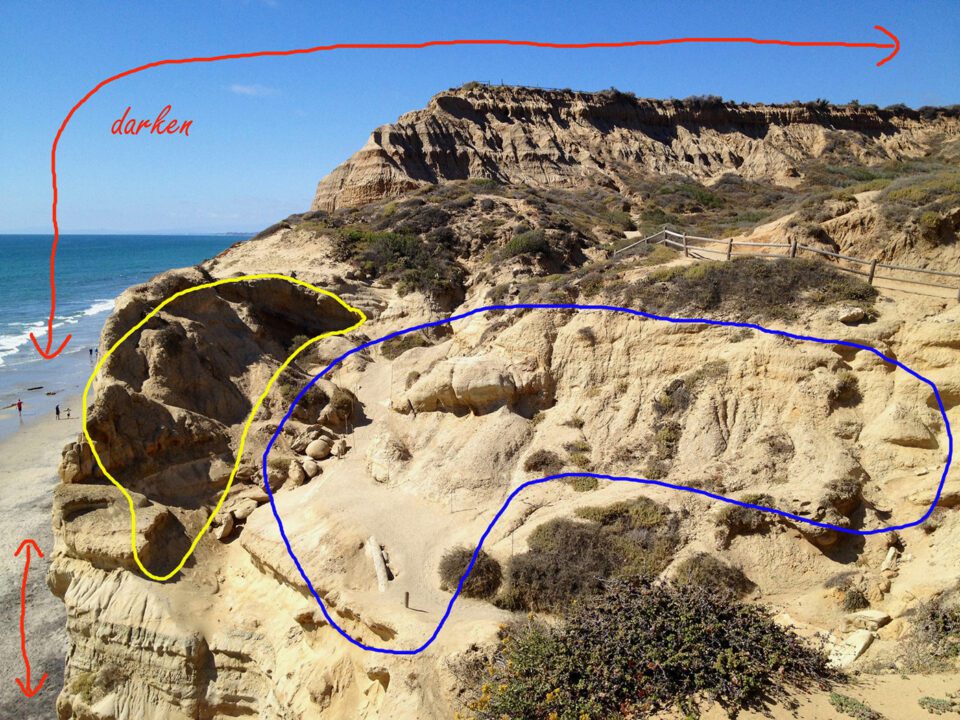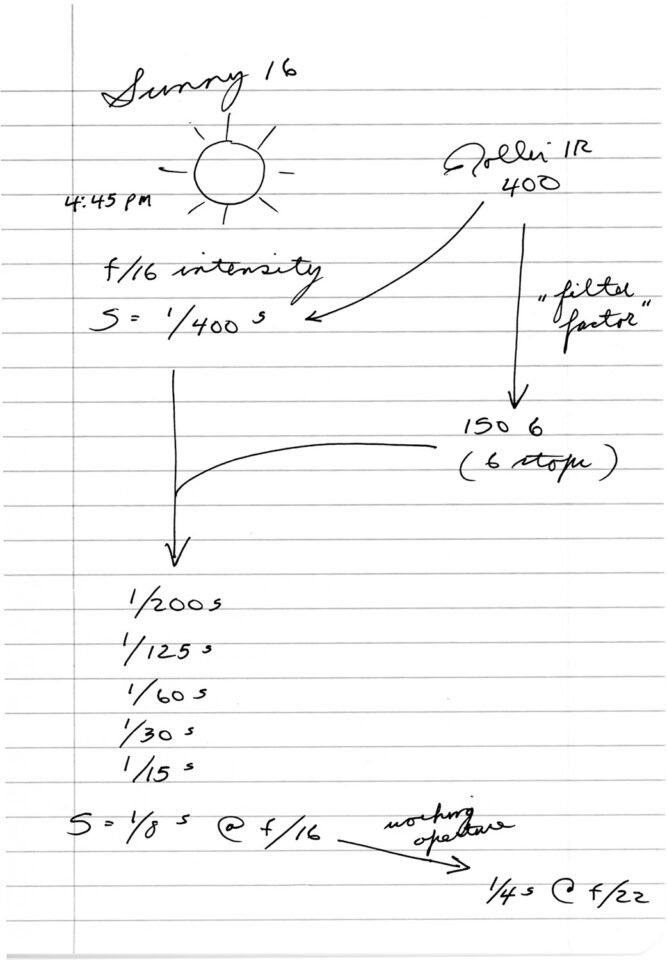كيف تم صنع هذه الصورة رقم 12؟
How Was This Picture Made #12?
In advance of my upcoming article on the directionality and quality of light, composition, and mood, I decided to post a landscape photograph to invite our readers to share their thoughts on how this photo was visualized and constructed. I made this particular photograph at one of my favorite subjects – the coastal bluffs at Torrey Pines State Natural Reserve in San Diego, CA.
قبل مقالتي القادمة حول اتجاه وجودة الضوء والتركيب والحالة المزاجية، قررت أن أنشر صورة للمناظر الطبيعية لدعوة قرائنا لمشاركة أفكارهم حول كيفية تصور هذه الصورة وإنشائها. لقد التقطت هذه الصورة بالتحديد في أحد موضوعاتي المفضلة - المنحدرات الساحلية في محمية توري باينز الطبيعية في سان دييغو، كاليفورنيا.
How Was This Picture Made #12?
In advance of my upcoming article on the directionality and quality of light, composition, and mood, I decided to post a landscape photograph to invite our readers to share their thoughts on how this photo was visualized and constructed. I made this particular photograph at one of my favorite subjects – the coastal bluffs at Torrey Pines State Natural Reserve in San Diego, CA.
قبل مقالتي القادمة حول اتجاه وجودة الضوء والتركيب والحالة المزاجية، قررت أن أنشر صورة للمناظر الطبيعية لدعوة قرائنا لمشاركة أفكارهم حول كيفية تصور هذه الصورة وإنشائها. لقد التقطت هذه الصورة بالتحديد في أحد موضوعاتي المفضلة - المنحدرات الساحلية في محمية توري باينز الطبيعية في سان دييغو، كاليفورنيا.






تعليق